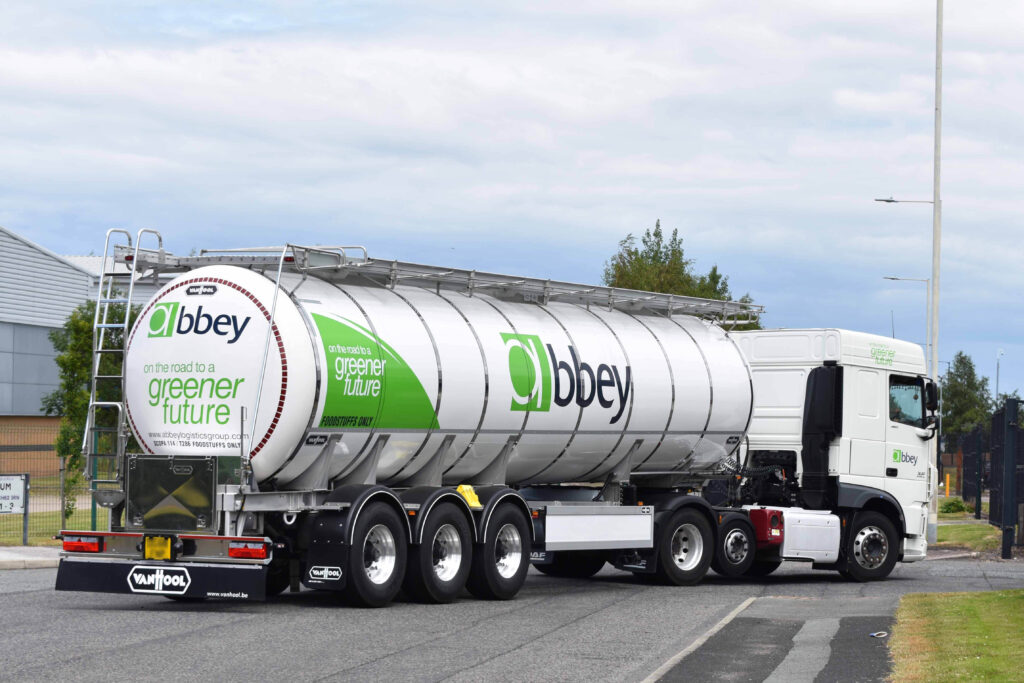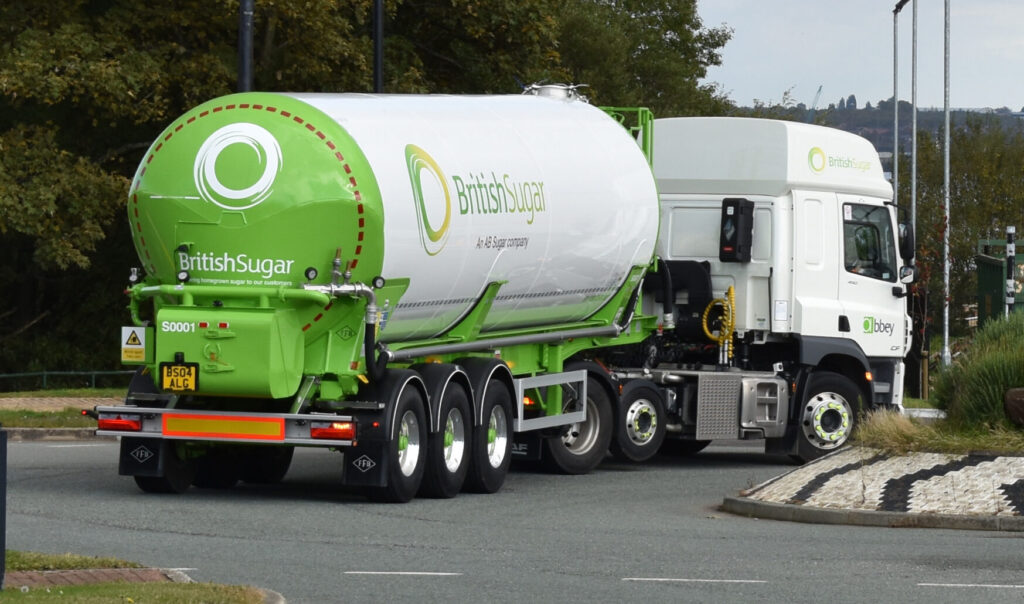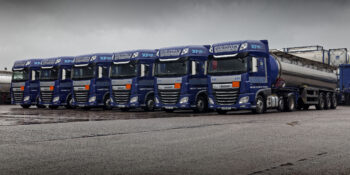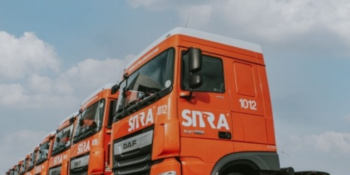The Journey of Your Chocolate Easter Bunny
Posted on: 24th February 2021Chocolate transport logistics
With Easter fast approaching, many of us will have chocolate on our minds.
It’s difficult to avoid the thousands of different products in the shops or the adverts tempting us with the endless variations of eggs and sweets.
In the UK, more than 80 million boxed Easter eggs are sold each year and the UK chocolate Easter egg market is worth in excess of £220 million, with sales growing every year as the choice of chocolate eggs expands.
The sheer volume of demand for Easter chocolate means that manufacturers must rely on reliable chocolate transport logistics solutions to guarantee that consumers can enjoy their Easter chocolate.
Abbey Logistics is well prepared to support all the UK’s chocolate manufacturers to manage this increase in demand each year. Through decades of experience transporting this highly specialist product and our capacity as operators of the U.K.’s largest bulk chocolate road tanker fleet, we play a key role in making sure the chocolate eggs are on the shelves in time for the Easter festivities.

How do the eggs get to the shops?
We’re sorry to break it to you but the Easter Bunny is not involved!
The chocolate eggs that appear on shelves each spring often travel a remarkable distance. Chocolate is created from the beans of the cacao pod, which is typically grown in West Africa, South America, and Indonesia. Once these beans are harvested, they are fermented and dried and shipped to facilities around the world that roast and grind the beans to create the cocoa liquor. This is then mixed with oils and fats, sugar, milk, cocoa butter and other products to make the varying flavours of chocolate we all know and love.
Where does Abbey Logistics sit in the supply chain?
Abbey’s responsibility is to transport a wide variety of different types of chocolate in liquid form, from manufacturers to companies that produce the products we see on the shelves. The movement of chocolate can vary between 6 tonne to 26 tonne per lorry load – something of a dream job perhaps for the many UK chocolate lovers.
In addition to liquid chocolate, our liquid and powder road tanker fleets also deliver the oils, fats and sugar that go into creating the various chocolate mixes.

Highly specialised and sensitive product
Liquid chocolate transport is a highly specialised and controlled operation. Drivers need to be expertly trained in the processes required in washing tanks, loading and delivering as well as the ability to conduct preloading hygiene tests on equipment. Strict controls are in place around previous load restrictions and tank wash certification with all manufacturers completing their own periodic audit of this process to ensure compliance.
Our tanks are made from highly polished 316 stainless steel and are equipped with heating systems to maintain the chocolate at a constant temperature throughout their journey from the production site to the manufacturers. The temperature of the chocolate is closely monitored and maintained at the optimum level to ensure a smooth delivery at discharge – too cold and it will not flow – too hot and it will start separating – so our heating systems are designed to ensure neither of these situations occurs.
Chocolate is also highly susceptible to odours and can absorb smells very easily which would render the load unusable so a clean and odour free discharge is also crucial.
These and many other considerations and processes must be considered to ensure that each chocolate egg or bar’s taste and smell stays constant, as consumers will always notice the smallest change to their favourite chocolate product.
Skilled and trained Drivers
Abbey Logistics delivers the liquid chocolate straight into the production lines at manufacturers of some of the UK’s favourite chocolate products. For this reason, highly reliable and dependable transport is vital to ensure production never stops.
Equally important is the role our drivers play when discharging the liquid chocolate from our road tankers into production lines.
Despite being transported in a temperature-controlled environment, transferring the chocolate from the tanker is a highly delicate process that takes time and a skilled, well-trained driver. It is possible for the chocolate to burn, discolour or caramelise at this stage of the process, so our drivers closely monitor all aspects of the delivery, carefully controlling the flow of chocolate to maintain the quality and integrity of the product during the delivery.
Once unloaded, the liquid chocolate goes into moulds or gets combined with other flavours to create the end product which is packaged and stored ready for delivery – with the tanker and driver returning to the production site to collect their next load of chocolate to keep our shelves filled.
Happy Easter!
While most of us won’t think about the journey our Easter egg has been on, and this article won’t make you a master chocolatier, hopefully it’s highlighted a few interesting facts and some of the highly specialist and skilled stages that transform a small bitter cacao bean into the delicious products we’ll be enjoying at Easter.



